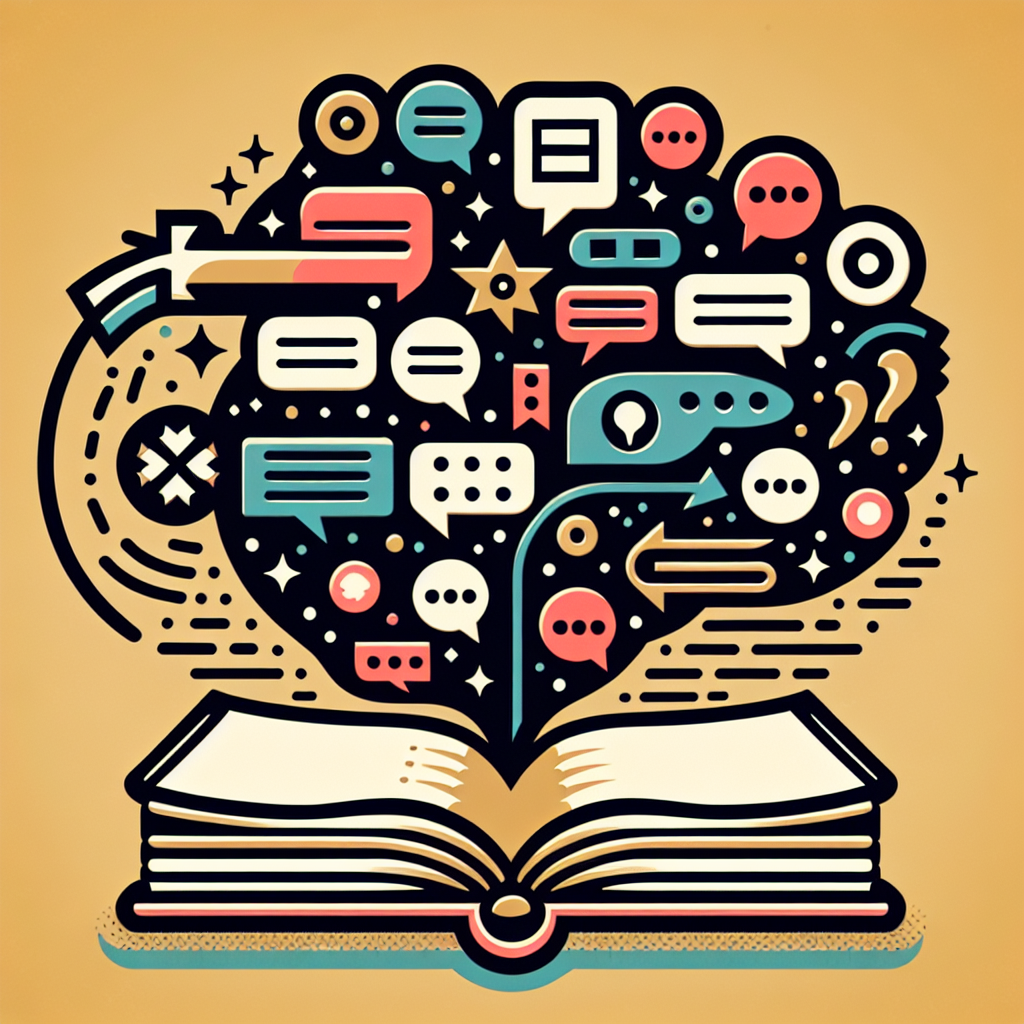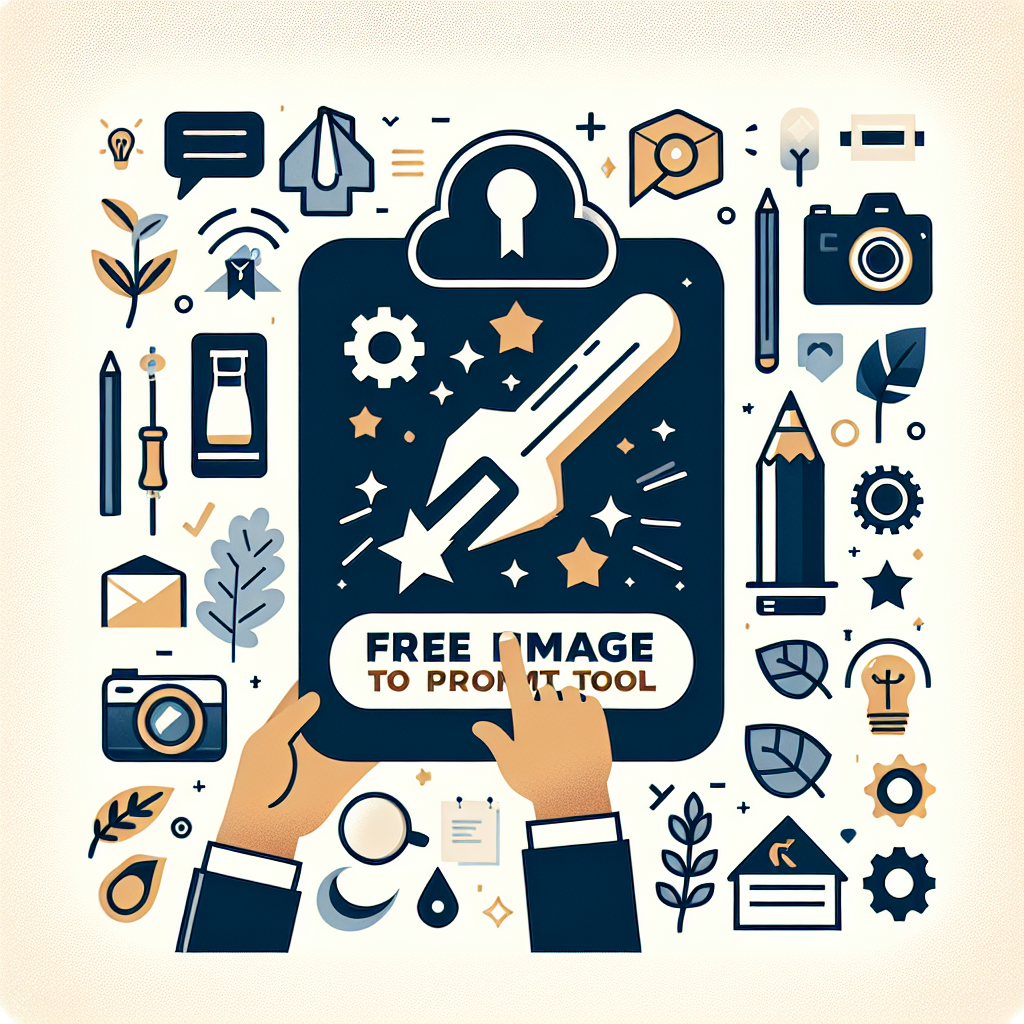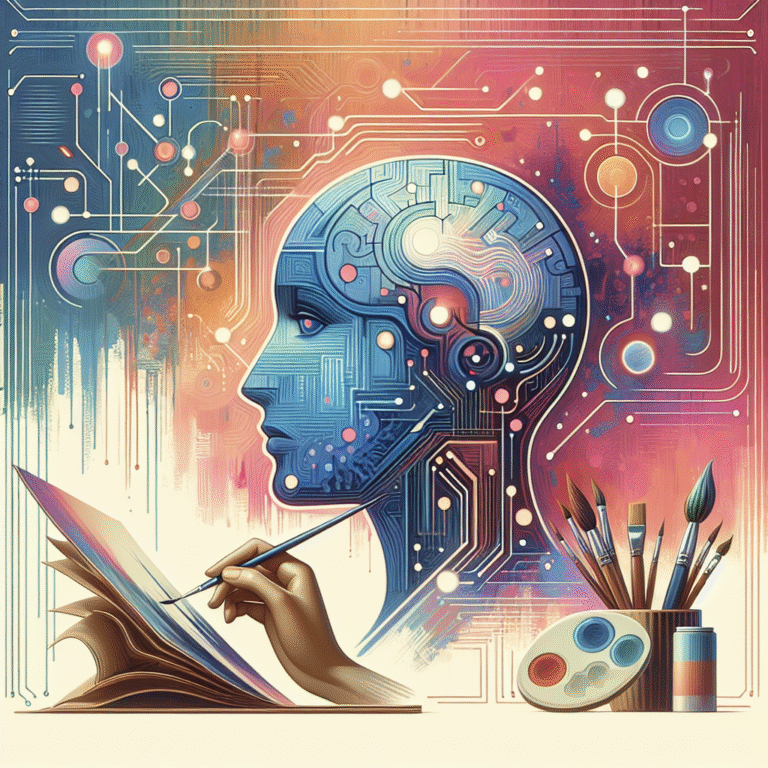Discover the Best Free Image to Prompt Tool
Have you ever stumbled upon an image that sparked your curiosity, but you couldn’t quite put it into words? That’s where a free image to prompt tool comes into play. Imagine being able to upload an image and instantly receive a creative writing prompt based on it. Intriguing, right? These tools are designed to ignite your imagination and help you craft stories, essays, or even poetry inspired by visuals. In this article, we’ll dive into what these tools are all about, how they work, and why they can be a game-changer for writers and creatives alike.
What Exactly is a Free Image to Prompt Tool?

The concept of a free image to prompt tool might sound a bit futuristic, but it’s actually rooted in a simple idea: transforming visual stimuli into textual creativity. Essentially, these tools analyze an image and generate a writing prompt based on its elements. This could include colors, shapes, objects, or even the mood conveyed by the picture. The goal is to provide writers with a starting point, a spark to ignite their creativity.
Why Use an Image to Prompt Tool?
You might be wondering why anyone would use such a tool. Well, think about those times when you’re staring at a blank page, struggling to come up with ideas. An image to prompt tool can serve as a muse, offering a fresh perspective and a new way to approach your writing. Additionally, these tools can help build critical thinking skills as you interpret and expand on the visual cues provided.
How Do Free Image to Prompt Tools Work?
The mechanics behind these tools are both fascinating and complex. They employ artificial intelligence and machine learning algorithms to ‘read’ images. Here’s a simplified breakdown of the process:
- image Upload: You start by uploading an image of your choice. This could be anything from a photograph to a digital artwork.
- Image Analysis: The tool scans the image, identifying key elements such as objects, colors, and even emotions conveyed through the image.
- Prompt Generation: Based on the analysis, the tool generates a writing prompt. This could be a question, a scenario, or a statement designed to spark creativity.
Now, let’s delve deeper into each of these stages to understand how they contribute to the overall process.
Stage 1: image Upload
Uploading an image is as straightforward as it sounds. Most tools support a variety of file formats, ensuring compatibility with different types of images. Once uploaded, the real magic begins as the tool prepares to analyze the visual components. This step is crucial because the quality and detail of the image can significantly impact the accuracy and depth of the generated prompt.
Stage 2: image Analysis

This is where artificial intelligence plays a crucial role. The tool uses algorithms to dissect the image, identifying features like colors, objects, and even the overall mood. For example, an image with bright colors might evoke a sense of happiness, while darker tones could suggest mystery or sadness. The AI is trained to recognize various elements that can be interpreted in multiple ways, providing a rich canvas for creative exploration.
Stage 3: Prompt Generation
After the analysis, the tool crafts a writing prompt. The prompts are designed to be open-ended, encouraging you to explore various creative avenues. This step is crucial as it provides the foundation for your writing journey. The prompts might vary from direct questions like “What story does this image tell?” to more abstract suggestions like “Imagine the world beyond the scene.” Such diversity allows writers to choose paths that align with their interests and writing styles.
Benefits of Using Image to Prompt Tools
Now that we understand how these tools work, let’s explore the numerous benefits they offer to writers and creatives:
- Enhanced Creativity: By providing a visual starting point, these tools help break through writer’s block and inspire new ideas.
- Improved Writing Skills: Regular use of such prompts encourages you to think critically and write more descriptively.
- Versatility: Whether you’re writing fiction, non-fiction, poetry, or essays, image prompts can be adapted to any genre.
- Time-Saving: Instead of spending hours brainstorming, you can quickly generate prompts and get straight to writing.
Case Studies: Real-World Applications
To illustrate the practical applications of free image to prompt tools, let’s look at a few case studies:
Case Study 1: Creative Writing Classes

In a creative writing class, instructors can use image prompts to engage students. By presenting a variety of images, students can choose one that resonates with them and write a short story or poem. This approach not only fosters creativity but also allows students to explore different writing styles and techniques. For example, an image of a deserted street might prompt a student to write a thriller, while another might see it as the setting for a reflective essay on solitude.
Case Study 2: Content Creation for Blogs
Bloggers often struggle to find new topics to write about. By using image prompts, bloggers can generate fresh content ideas that are visually appealing and engaging. For example, a travel blogger might use an image of a bustling market to write about cultural experiences and local cuisines. This method not only diversifies content but also enhances the storytelling aspect, making blog posts more relatable and vivid for readers.
Case Study 3: Therapeutic Writing
Writing can be therapeutic, and image prompts can aid in this process. Therapists sometimes use these tools to help clients express emotions and explore personal narratives. The visual element provides a non-threatening way to approach sensitive topics. A serene landscape might encourage a client to delve into feelings of peace and calm, while a stormy sea could serve as a metaphor for inner turmoil and conflict.
Challenges and Limitations
While image to prompt tools are incredibly useful, they do have their limitations. Here are a few challenges users might face:
- Subjectivity: The interpretation of images is subjective, meaning different users might derive different meanings and prompts from the same image.
- Complexity: Some images might be too complex for the tool to analyze accurately, leading to less effective prompts.
- Tech Dependency: As these tools rely on technology, any technical glitches or errors can hinder the prompt generation process.
The Future of Image to Prompt Tools
Looking ahead, the future of image to prompt tools appears bright. As artificial intelligence continues to evolve, we can expect these tools to become more sophisticated and accurate. Future advancements might include:
- Enhanced AI Algorithms: Improved algorithms could offer more nuanced analysis and tailored prompts, making the tool even more personalized and effective for diverse writing needs.
- Integration with Other Platforms: These tools could be integrated into writing apps or platforms, making them more accessible to users. Imagine having a prompt generator embedded into your favorite word processor or online writing community.
- Expanded Language Support: As global interest grows, supporting more languages could widen their reach and usability, allowing non-English speakers to benefit from these innovative tools.
In my experience, the potential of image to prompt tools is vast. I’ve seen how they can transform a simple image into a powerful narrative, helping writers discover new paths and perspectives. If you haven’t tried using one yet, I highly recommend giving it a go. Who knows? You might just find the inspiration you’ve been looking for. As technology advances, these tools will undoubtedly continue to evolve, offering even more opportunities for creative expression across the globe.




